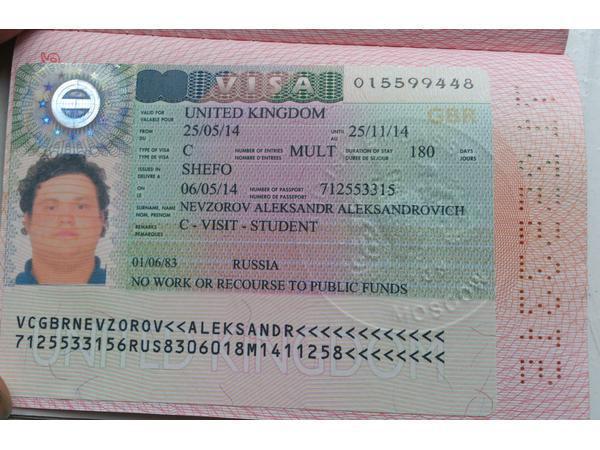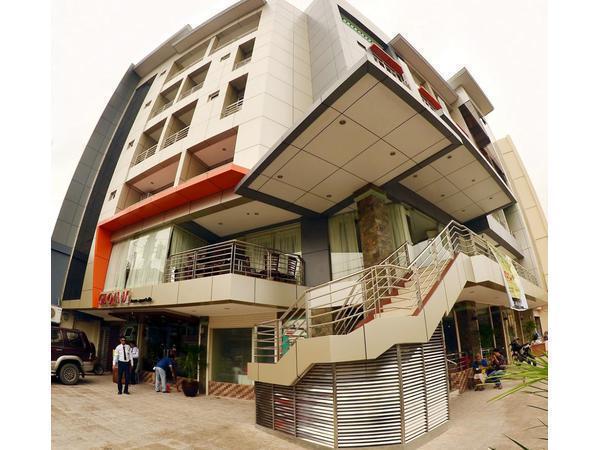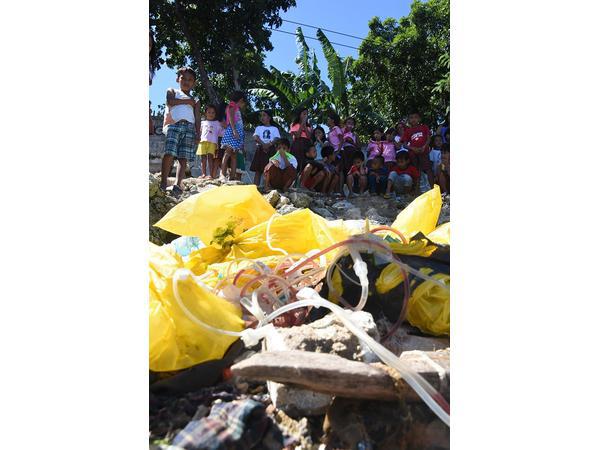Know Thy Enemy: Sodium
A guide to knowing all about this ever-present electrolyteThe Good
Sodium is a mineral found in almost all food items. It is needed by the body to maintain normal blood pressure and blood volume, as well as regular function of muscles and nerves. The most common form is what we know as table salt. Table salt contains 40% sodium and 60% chloride.
The Bad
Where sodium goes, water follows. If there is too much sodium in our system (specifically in the blood), fluids may accumulate in the body causing swelling, even difficulty breathing. This fluid retention can lead to increased blood volume, which eventually results in high blood pressure.
The Ugly
Aside from high blood pressure or hypertension, a diet high in sodium can also bring about edema or swelling (of the lungs or even in the heart), cardiac conditions, liver and kidney diseases.

Tips
Always read labels carefully. Look for the SODIUM content (must be less than 2 grams) - read more about understanding nutrition facts label.
Use different spices and herbs (ginger, onion, garlic, pepper) to bring out the flavor in your food.
Drink 6 to 10 glasses of water a day to flush out that excess sodium.
Always eat fresh and choose organic foods.
Avoid - totally remove from diet
(anything with a long shelf life)
Instant food like noodles, TV dinners
Commercial seasoning containing monosodium glutamate (MSG) in the form of bouillon cubes, liquid seasoning, “ready” mixes
Processed, cured, or canned food
Dried and/or salted fish
Frozen food items (peas, berries)
Chips and salted snacks
Limit - may have in small amounts
(naturally contain sodium)
Beets, spinach, celery
Bottled olives and capers
Anchovies
Caviar
Soy sauce
Be assertive and proactive in your grocery shopping and food preparation methods. Find new ways to spice up and lengthen your life!










